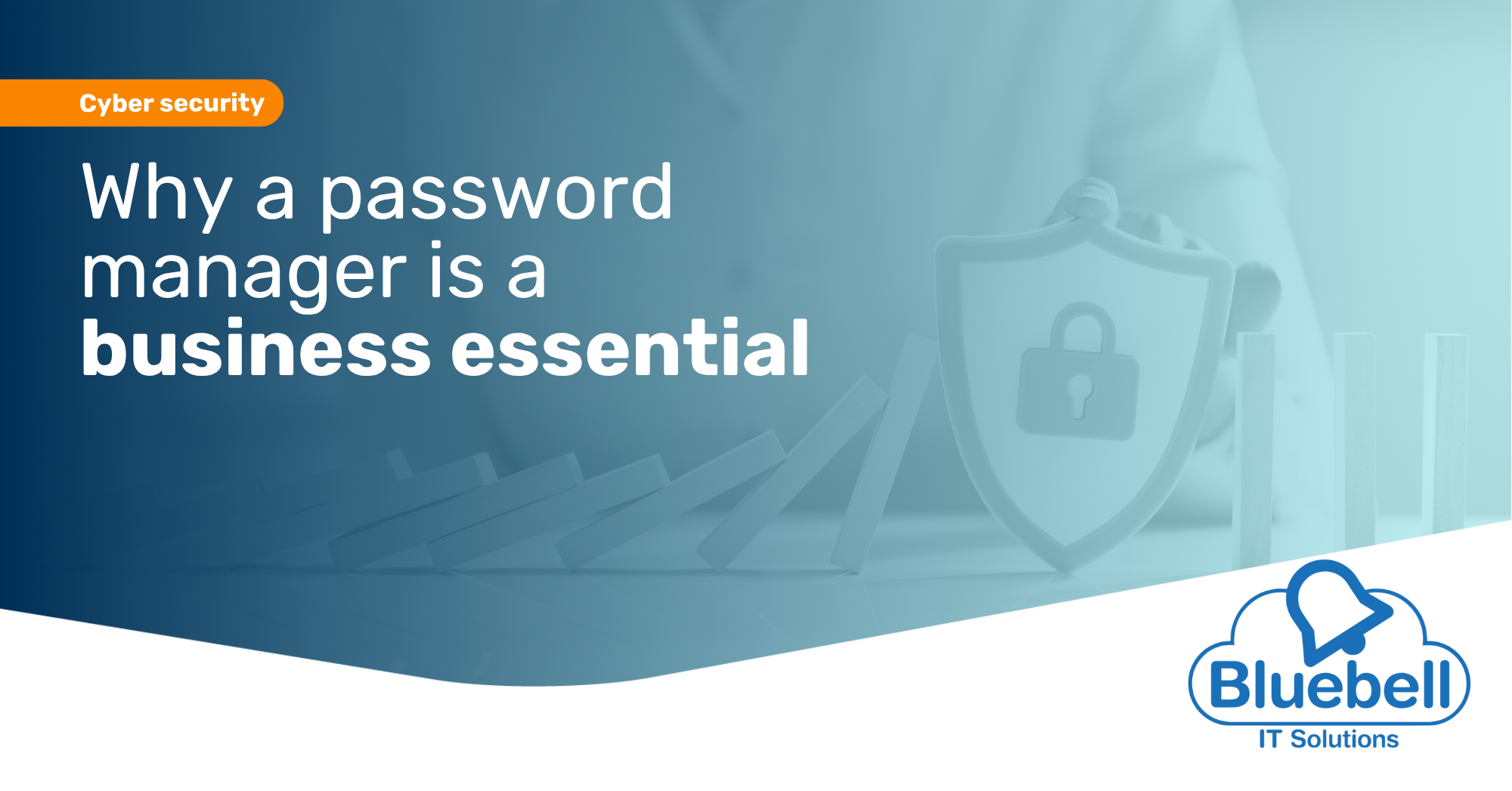Published on 15 October 2025

Think back to the last time someone new joined your team. Did they have everything they needed on day one? Or were they left waiting for login credentials and chasing down software access?
That first experience with your company’s technology matters more than you think. A smooth, structured IT onboarding process directly impacts productivity, security, and how quickly new hires can contribute. Yet many organisations still wing it, cobbling together access on the fly and creating unnecessary risk.
Building a resilient IT infrastructure requires great systems and a clear plan for bringing people into them from the start.
Effective onboarding goes beyond handing someone a laptop and an email password. It’s about setting them up with the right tools, access, and knowledge so they can hit the ground running securely.
When onboarding falls short, new employees spend their first weeks waiting for credentials or running into IT roadblocks. This slows them down and affects morale.
For your business, inconsistent onboarding creates real vulnerabilities. Employees who haven’t been properly introduced to your security policies might unknowingly put systems at risk. A structured approach ensures everyone gets the same solid foundation.
Every new hire should go through the same well-defined process. No improvising, no special cases, just a clear system that covers what devices, software, and access each person needs.
This makes life easier for your IT team. Modern IT management platforms can automate much of this, automatically assigning access rights, deploying software, and configuring security settings.
Research by Klinghoffer (HBR, 2024) found that structured onboarding processes with clear milestones lead to significantly higher satisfaction and performance among new hires, particularly in hybrid environments.
Access management is where many organisations stumble. Give someone too much access and you’ve created a security risk. Give them too little and they can’t do their job properly.
The solution is role-based access controls that match permissions to actual responsibilities. Modern identity management tools can centralise this entire process, making it both secure and manageable without needing a massive IT team. Quinn (Training Industry, 2024) highlights that setting clear expectations early, including defined responsibilities and systems access, is essential for helping new hires understand how their work contributes to the organisation’s success and for retaining IT talent in the first critical months.
New employees often represent the biggest vulnerability in your cybersecurity defences. A single click on a phishing email can undo even the most sophisticated protections.
Cybersecurity training needs to be part of every onboarding process. Start with the essentials: strong passwords, spotting phishing attempts, handling company data, and who to contact if something seems off.
When security is introduced from day one, it becomes part of how people work rather than an inconvenience they try to work around.
Nothing derails a new employee’s first day quite like discovering their laptop isn’t ready or the software they need isn’t installed. Make sure every new hire has the right equipment and software ready on day one.
Cloud-based device management systems like Microsoft Intune can automate much of this process, ensuring each device gets the correct configuration and security policies applied remotely. This is particularly valuable if you have remote or hybrid workers who might not be coming into an office regularly.
Clear documentation transforms onboarding from something that lives in one person’s head into a repeatable, scalable process. Create a central repository where you keep setup guides, policies, troubleshooting steps, and answers to common questions.
As Quinn (Training Industry, 2024) notes, effective IT onboarding also relies on accessible, high-quality online learning materials that allow both remote and onsite employees to develop essential skills and troubleshoot issues independently.
Onboarding and offboarding are two sides of the same coin. When someone leaves your organisation, their access needs to be revoked quickly and completely. Lingering access from former employees is a significant security risk.
Link your onboarding and offboarding processes within the same system to ensure permissions are properly managed throughout the entire employee lifecycle, with nothing falling through the cracks.
Your business changes. Technology evolves. Your onboarding process should evolve alongside these changes, not remain frozen in time.
Regularly review your onboarding process and ask recent hires and your IT team for honest feedback. This approach reflects findings from Klinghoffer (HBR, 2024), who emphasises that adapting onboarding programmes based on employee feedback and allowing flexibility in how new hires learn fosters stronger engagement and long-term retention.
A resilient IT infrastructure requires robust servers, reliable networks, and people who understand how to work with the systems you’ve built.
A structured onboarding process creates consistency, reduces risk, and gives employees the foundation they need to work efficiently from day one. The businesses that invest in getting this right see tangible results: fewer IT support tickets, faster time to productivity, and a stronger security posture.
If your organisation is ready to modernise its IT onboarding process or improve employee experience from day one, contact Bluebell IT today to learn how we can help secure your operations.


© 2025 Bluebell IT Solutions - All rights reserved
SEO and Website Design by Loop Digital